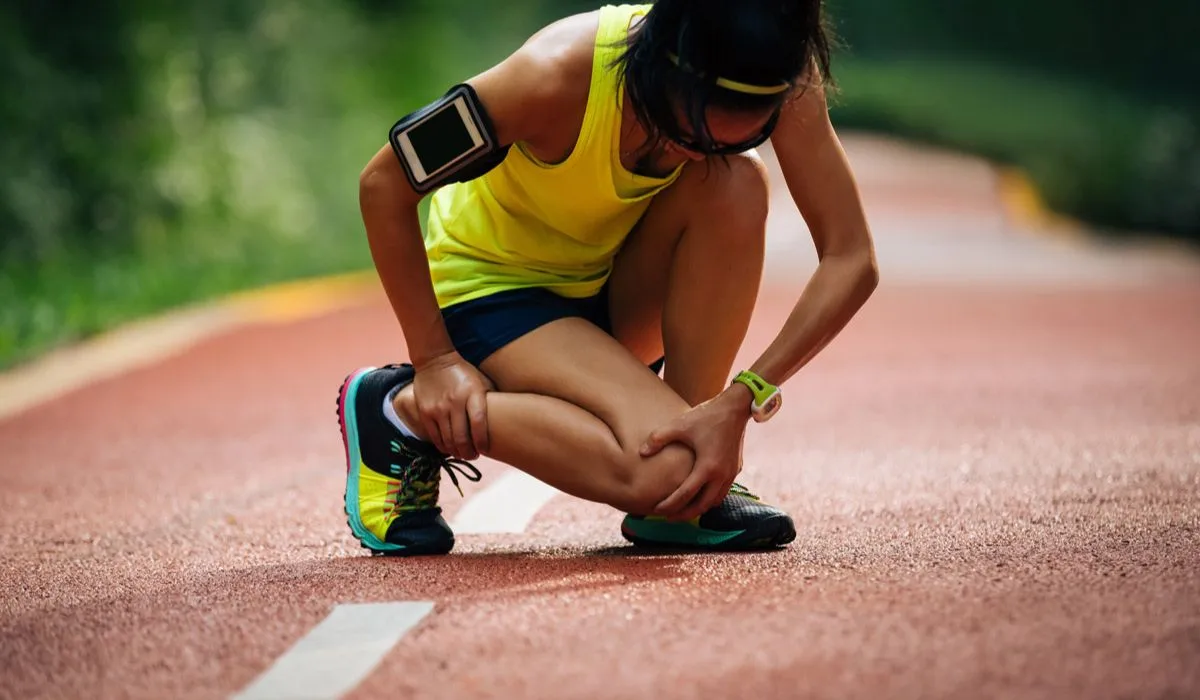If you are an active person who is involved in weight-bearing exercises or jogging, you might have felt swelling in the front of your leg. This might be due to a condition called shin splints. It is a painful condition that can be managed or cured with the right treatment approach.
In this article, we explore what shin splints are, whether physical therapy is necessary for treating shin splints, and the different types of physical therapy techniques available to manage shin splints.
What Are Shin Splints?
Shin splints, or medial tibial stress syndrome (MTSS), is a medical condition that causes pain along the inner edge of the shinbone (tibia). A shinbone, or tibia, is the front part of the lower leg between the knee and ankle.
Medial tibial stress syndrome is one of the common sports injuries associated with overuse or repetitive stress on the tibia. It is said to affect at least 35% of the athletes who run and jump or are exposed to intense weight-bearing activities like distance runners, sprinters, gymnasts, and basketball or tennis players.
Dancers, military recruits, and people involved in other active professions or lifestyles are also said to experience it. This condition can affect both the muscles inside the shin and the bone attached to it, causing the connection between them to get irritated, swell, or tear when it is overused. As a result, you may experience intense pain in the front, back, inside, or outside of the lower leg. If left untreated, it can lead to stress fractures in the tibia.
Why Is Physical Therapy Necessary?
Physical therapy can help you treat shin splints in multiple ways, such as:
- Reduces inflammation: By using manual therapy techniques, physical therapists manipulate the shin muscles and the connective tissues to improve blood circulation, which significantly reduces inflammation.
- Reduces pain: Manual therapy can also be utilized to relieve tension and stiffness in the muscles. They make use of different techniques, such as massages and exercises, to do this. These would strengthen our leg muscles and help us manage the pain.
- Prevents recurrence: Shin splints are caused by poor form and technique in sports and physical activities. Therefore, the therapists will teach you how to exercise, play sports, or perform other physical activities without the risk of shin injuries.
What Does Physical Therapy Consist Of?
Physical therapists will design a treatment plan for you after considering your medical history, the behavior of the symptoms, and the causative factors. Most of these treatment programs contain several techniques that could be done at home. Hence, your therapists will teach you how to address the causes and perform some exercises and measures on your own at home in between the therapy sessions. Let us look at some of the treatment programs included in physical therapy.
- Massage: This treatment encompasses a variety of massaging techniques that apply sufficient pressure to the superficial tissues to reach the deep-seated muscle tissues. By utilizing this technique, you could notice a significant increase in blood flow and a reduction in inflammation and muscle spasms.
- Ice therapy: Icing the tender area 5 to 10 times, 1 to 3 times a day, is recommended. This can help alleviate pain and swelling and promote a faster recovery. But keep in mind to always use a thin cloth or towel as a barrier between the skin and the ice pack.
- Compression: Wearing an elastic compression bandage or compression sleeve may promote blood circulation and prevent swelling.
- Arch support: A collapse or the absence of a normal foot arch (flat foot) can cause shin splints. In such cases, the physical therapists will advise you to use customized orthotics or shoe inserts to provide the appropriate arch support. Orthotics can help align and stabilize your foot and ankle, taking the stress off your shins.
- Stretching and strengthening exercises: Physical therapy incorporates various stretching exercises to stretch and warm up the tibial muscles. On the other hand, strengthening exercises help improve calf muscle endurance and overpronation of gait. They also strengthen the core and hip muscles, which is beneficial in developing core stability to improve running mechanics and prevent shin splints.
- Proprioceptive and balance training: This training method will increase the efficiency of joint and postural stabilizing muscles and help the body react to different running surfaces.
- Cross-training: Physical therapists may recommend alternative activities to minimize stress on the shinbone, such as swimming and cycling.
Final Thoughts
Shin splints are common musculoskeletal injuries seen in athletes or individuals due to overuse of their tibial or shinbone. However, physical therapy can help you get back on your feet and do your favorite sport or activity without getting worried about the pain. Physical therapy treatments focus on rest and activity modification with less repetitive and load-bearing activities.
Read More: Gymnastics Injury Prevention And Recovery – Prevention Methods!
